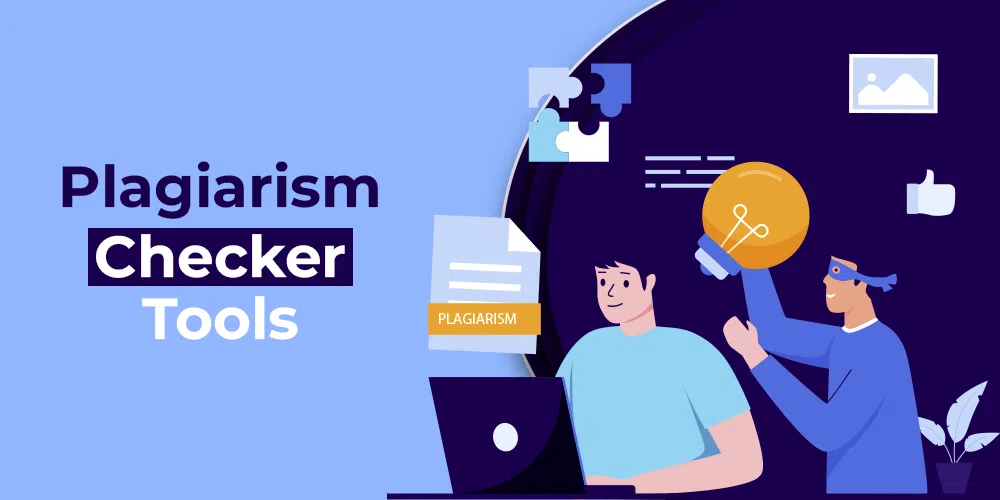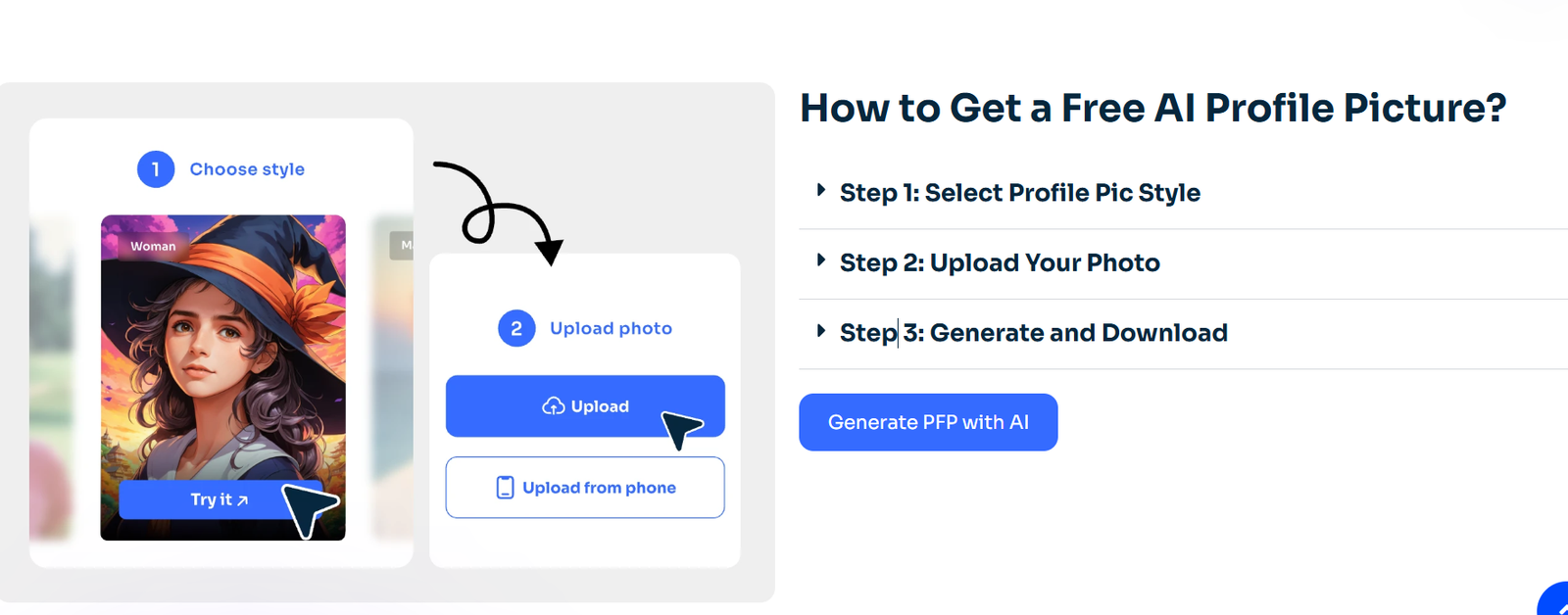Plagiarism is the monster under the bed for almost every writer! Even veterans in the writing world aren’t immune to the fear. The thing is that unintentional plagiarism strikes more often than expected. Many fall victim without noticing until it’s too late.
You sit at your writing desk, piecing together thoughts and weaving words. Midway, a phrase sneaks into your work, like a melody you’ve heard before. It doesn’t sit right. In other words, it doesn’t sound like your unique creation. Your voice falters, sounding less like you and more like a faint reflection of some other writer.
Slipping up with plagiarism can cause some real big issues. Schools or universities may issue harsh penalties to students. A business’s reputation can take a serious blow. Writers, too, can find their hard-won standing threatened. But fear not, there’s a great solution for handling this!
Get ready to learn how to stay free from plagiarism! This blog post will walk you through the right techniques. You’ll discover how to cite correctly, paraphrase like a pro, and use the best plagiarism checker software tools. It will also explain the benefits of note-taking and reveal how detection software works. By the end, you’ll have all the knowledge needed to write with no fear and utter confidence!
Understanding Accidental Plagiarism
Plagiarism is often thought of as intentional content theft. But it’s not always that simple. Even the most careful writers can stumble into accidental (or unintentional) plagiarism. Let’s explore how (as given below):
- Poor Paraphrasing
You read a source, understand the idea, and rewrite it in your words. But what if your version still looks too close to the original? That’s known as accidental plagiarism!
- Missing Citations
Even if you paraphrase well, forgetting to credit the original source makes it plagiarism. Writers must keep in mind that every borrowed idea needs a proper citation.
- Over-Reliance on a Single Source
Have you been turning to just one source (such as a book, an essay, or a website) over and over? If so, that’s a red flag! Your content could sound like a carbon copy of it. And this is mostly deemed an act of plagiarism!
- Self-Plagiarism
Yes, you can plagiarize yourself. Submitting the same content in different places without proper acknowledgment is still plagiarism.
- Unintentional Copying
Sometimes, we remember information but forget where it came from. If you reuse that knowledge without checking, you might be plagiarizing.
To avoid the errors explained above, you certainly need a clear and viable plan. Let’s explore the top ways to ensure your writing stays plagiarism-free. (Read below)
Effective Strategies to Avoid Accidental Plagiarism
- Paraphrase Correctly
Paraphrasing isn’t just about changing a few words here and there. You need to fully understand the concept, then rewrite it using a new sentence structure. Always compare your version with the original. If it sounds too similar, change it again.
- Use Quotation Marks for Direct Quotes
Quoting is the easiest way to avoid plagiarism. If a sentence is perfect as it is, use quotation marks and give proper credit.
- Keep Track of Your Sources
When researching, write down where each idea comes from. Include author names, publication dates, and page numbers. A missing source can lead to unintentional plagiarism.
- Cite Everything Properly
Different citation styles, such as APA, MLA, Chicago, etc., are used in different disciplines or fields. Make sure you follow the correct or relevant one. If unsure, check official style guides for the best understanding.
- Use Multiple Sources
Broaden your research. Instead of sticking to one source, gather information from different places. This helps you avoid copying a single author’s style or wording.
- Check Your Work with a Plagiarism Checker
Technology can be your best friend. A reliable plagiarism checker scans your work for similarities and highlights areas that need fixing. More on this later.
- Read Your Work Aloud
Reading out loud can reveal unintentional copying. If something sounds too embellished or unnatural compared to your usual writing, double-check the source.
- Give Yourself Time
Rushing increases mistakes. Plan your writing process so you have time to review and edit properly.
These simple steps can save you from unintentional plagiarism. Now, let’s look at some tools that make this process easier.
Best Plagiarism Checker Software Tools for Beginners
It goes without saying that technology today makes it easier than ever before to avoid or prevent plagiarism. Given below are some of the most trusted and best plagiarism checker software options for you:
- Grammarly
Grammarly is more than just a grammar tool. Its built-in plagiarism checker scans your content against billions of web pages. It’s great for general writing and quick checks.
- Turnitin
This is widely used in schools and universities. Turnitin checks assignments against academic databases and published works. It provides detailed similarity reports.
- Copyscape
If you’re writing online content, Copyscape is a must. It helps detect duplicate content across websites. Great for bloggers and businesses.
- Quetext
Quetext uses a “DeepSearch” algorithm to catch subtle instances of plagiarism. It’s useful for students and researchers.
- Plagscan
Plagscan is another strong tool for checking originality. It’s often used by teachers and professionals.
- iThenticate
This tool is designed for research papers and publications. It scans academic journals and databases.
Note: The tools listed above can be very helpful, though not flawless for every use. It’s indispensable to double-check their results and manually review flagged areas. Moreover, the best plagiarism checker software tool is often the one that aligns with your goals. Be mindful of your individual needs and use them as your compass when picking a solution like that.
Why Using a Plagiarism Checker Matters
A plagiarism checker isn’t just about avoiding trouble. It all in all improves your writing. Here’s how:
- Saves Time: Instead of manually comparing sources, a quick scan highlights potential issues.
- Ensures Accuracy: Sometimes, we accidentally repeat phrases. A checker helps spot them.
- Improves Credibility: Writers and researchers build trust by ensuring originality.
- Reduces Stress: No last-minute worries about unintentional copying.
Note: Even the best plagiarism checker software tools aren’t foolproof. Use them as a guide, not a final verdict.
Final Tips to Keep Your Work Original
Before wrapping up, here are a few golden tips and rules just for you:
- Always give credit where it’s due
- Rewrite ideas in your own words, not just rephrase
- Keep a detailed record of all sources
- Use a plagiarism checker before submitting work
- Edit and proofread carefully
Keep in mind that plagiarism isn’t just an academic issue. It affects bloggers, professionals, and businesses too. Avoiding it keeps your reputation intact.
Conclusion
Accidental plagiarism happens more often than you think. But with the right strategies, it’s easy to prevent. Use proper citations, paraphrase effectively, and take good notes. Most importantly, always rely on the best plagiarism checker software tools to review your work.
A strong plagiarism checker helps, but it’s not a magic fix! You must understand how to write in your own voice. That’s the real key to originality.
Writing should be creative, not copied! Follow these useful tips given in this blog post, and you’ll never have to worry about plagiarism again. Now go, write with confidence!



